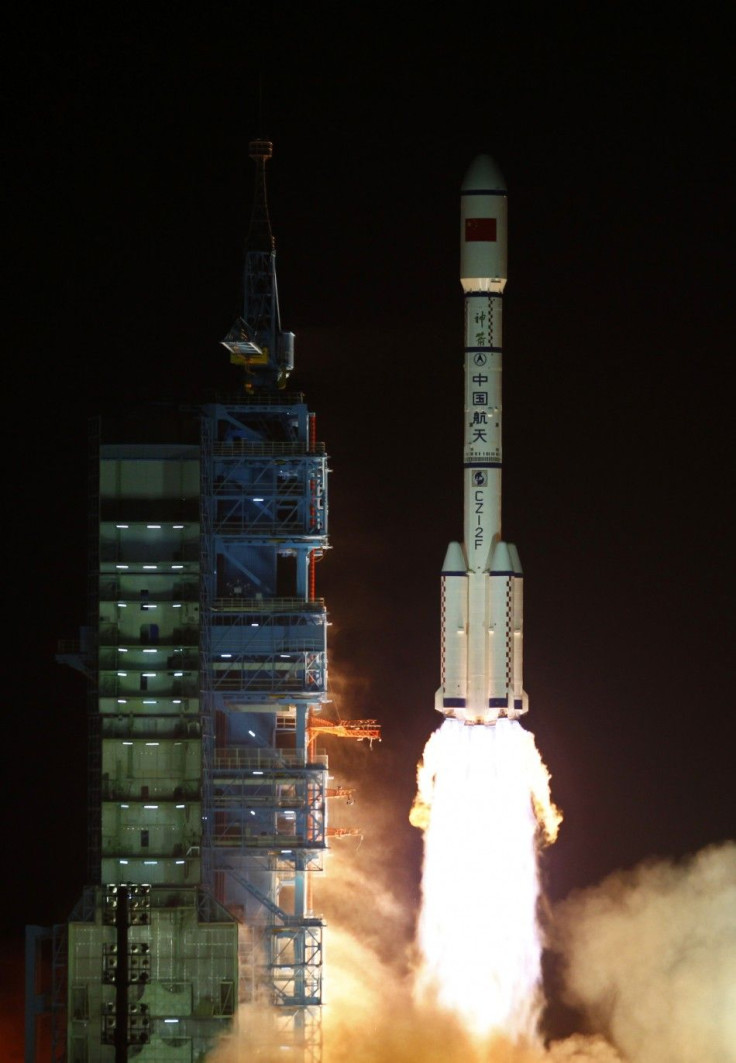China’s Satellite Launch Douses Village With Toxic Fuel Again

China’s disregard for following launch guidelines has led to another accident that left a nearby village doused in toxic fuel. The incident occurred during the launch of a Chinese Long March 3B rocket last week.
On Friday, China prepared to deploy two Beidou satellites into low-Earth orbit through its Long March 3B. The event served as the country’s latest achievement in expanding its space exploration efforts.
However, shortly after the rocket’s launch, its first stage booster fell into a village near the Xichang Satellite Launch Center, which is located in the south-central part of China. Reports from the scene indicated that debris from the booster fell on a house and left it completely destroyed.
In addition to the destruction caused by the debris, the burning fuel that leaked out from the rocket’s booster covered parts of the village in toxic fumes.
This is the aftermath downrange following a Chinese Long March 3B launch from Xichang early Saturday. And that yellow smoke is very toxic hypergolic propellant. Source: https://t.co/VEh5X8Ors0 pic.twitter.com/22IVIpyJOk
— Andrew Jones (@AJ_FI) November 23, 2019
This isn’t the first time that an accident during the launch affected a populated region in China. Back in 1996, a Long March 3B rocket suddenly veered off course shortly after its launch and crashed into a village near the flight center. Although local sources reported that six individuals died due to the incident, Western news agencies believed that the actual death toll could be within hundreds.
For space exploration experts, China’s lax guidelines when it comes to launch facilities play a huge role in the previous accidents. In order to ensure the public’s safety, flight centers should not be near populated areas. Preferably, these kinds of facilities should be surrounded by water.
Following another launch mishap in China in April, which littered a nearby area with boosters leaking toxic fuel, space commerce expert Greg Autry penned an article calling for the White House to look into China’s spaceflight guidelines.
“The safety standards used in Chinese space launch would leave American regulators apoplectic,” he wrote in Space News. “As is the case in many global industries, this lax approach to environmental standards and human safety promises to provide China with a significant cost advantage over more responsible and highly regulated American firms.
© Copyright IBTimes 2025. All rights reserved.





















